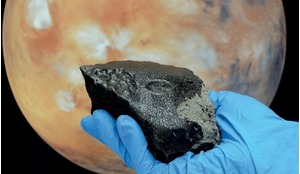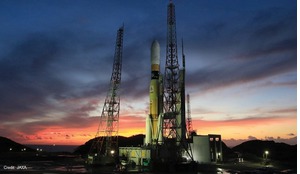The US Government Accountability Office (GAO) recently criticised NASA for continuing a dual hatting approach to operations and safety in its human spaceflight ESD (Exploration Systems and Development) programme which will transport crews to the Moon and beyond. Dual hatting has multiple meanings in different contexts. For example, it is often used in a context where the same person has multiple operational roles. But for this article dual hatting will be limited to the case where the same person has both operational and safety regulatory responsibility. In NASA language these are programmatic and technical authority roles. Such dual hatting has been a problem in many areas.
Dual hatting can kill people. On 14 April 1912 at 9.05 pm, about two and a half hours before the RMS Titanic collided with an iceberg, the SS Californian sent the British passenger liner a severe ice warning stating, ‘We are stopped and surrounded by ice’. The reply from the Titanic was, ‘Shut up, shut up, I am busy; I am working Cape Race’. In other words, ‘don’t bother me with that safety stuff’.
So why would the radio operator ignore a safety warning? The reason is simple. The Titanic’s operator was an employee of the Marconi company managing lucrative commercial traffic. The radio operators were not part of the ‘deck’ department navigating the ship but instead were part of the ‘stewards’ department, there primarily to serve the passengers’ radio needs. Operational demands clearly trumped safety issues.
There is almost always an inherent conflict between getting the job done and doing things safely and the fundamental problem of dual hatting in safety regulation has been known since ancient times.














